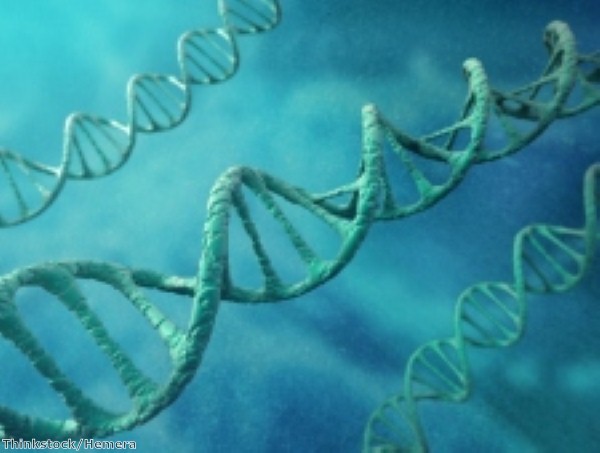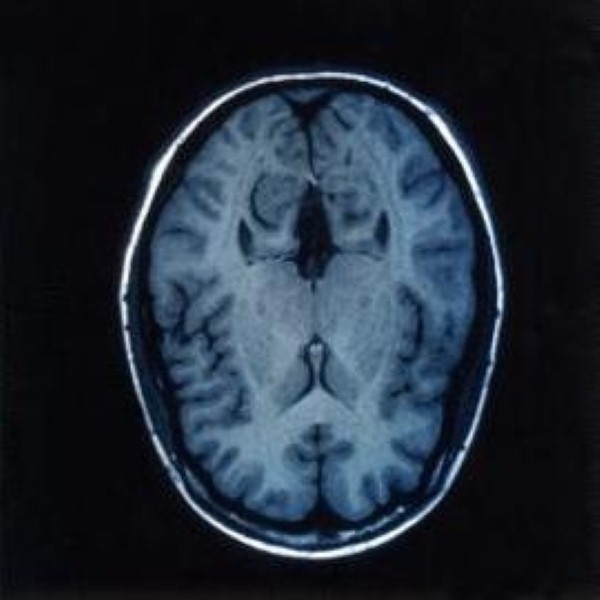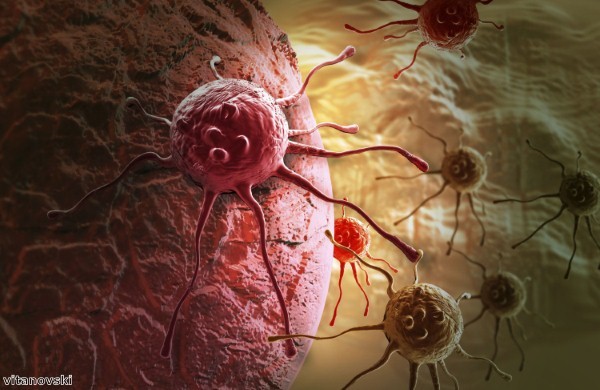Some of the most profound changes to the world of work are set to take place following the passage of the Children and Families Act, which was given royal assent in parliament last week.
The legislation gives workers a host of new rights, including the right for all staff to request flexible working, the Chartered Institute of Personnel and Development reports. It could represent the biggest change in working practices since the 1963 Contracts of Employment Act.
Only workers with children under 17 (or those with disabled children) and those with caring responsibilities have hitherto been able automatically to ask their employer to work flexibly. When the new law comes into effect this April, however, any worker with six months' continuous service can now request to work flexibly after June 30th 2014.
Staff will be able to request to work from home, do job shares, work compressed weeks and take other forms of flexible working.
Employment relations minister Jenny Willott said: "Current workplace arrangements have not kept pace with the times. The Children and Families Act will bring the way parents balance their working and home lives back into the 21st century."
"By enabling any employee to work flexibly, we want to remove any cultural assumption that flexible working is only for women, or just parents and carers."
Provision will also be made for other forms of work-life balance. As of April 2015, mothers, fathers and adopters will be able to share their parental leave between them, allowing them to share their parental leave between them or swap leave throughout their child's first year.
While Ms Willott believes the act will be good for business, it has encountered opposition from some groups, such as the Confederation of British Industry and the British Chambers of Commerce (BCC).
In 2012, the BCC said the changes could create tensions between parents and employers and raise "unrealistic expectations" about the degree of flexibility most businesses will be able to grant.








